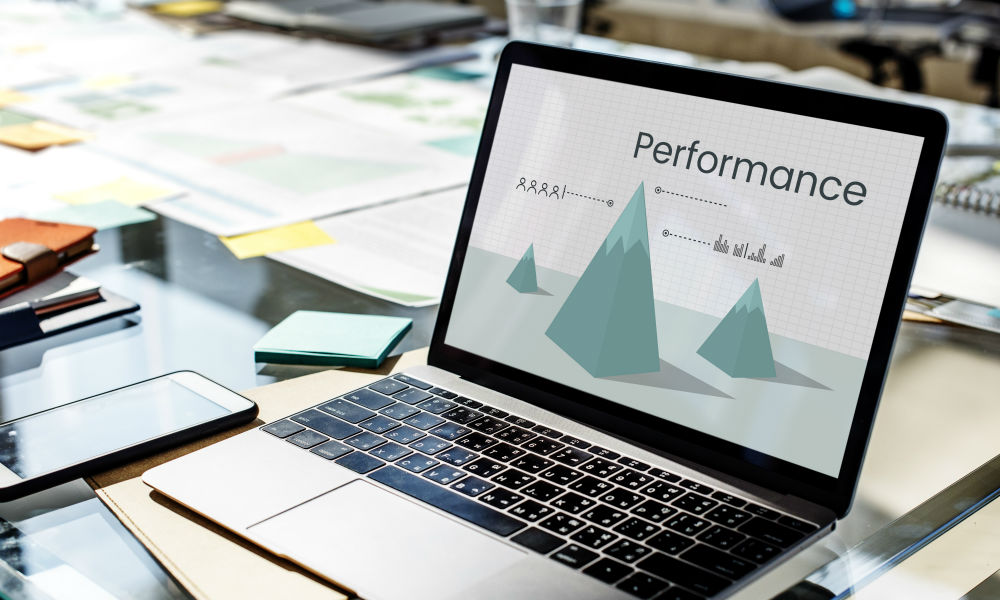
Logging and monitoring are similar processes, but they each have a unique function and purpose. Differentiating between the two will allow you to choose the best practice for your job and acquire the data you need to keep your system working best. This article will cover the basics of APM vs. log management, recommend some of the top APM tools and help you decide which one you need to implement and how to get started.
What Is APM?
Short for application performance monitoring or application performance management, both of these terms refer to the process of monitoring a system for its health to ensure it responds quickly to its users. The primary focus of APM is user behavior and improving UX. It closely tracks response times using different metrics to determine which factors are most greatly influencing your users' experience with your system. It's one thing to know whether a system is slow, but it's another entirely to pinpoint the specific processes causing a delay. Through real user monitoring, resource usage and tracing, it helps you better understand how data is being accessed and presented to your users.
What Is Log Management?
Logging is a form of analytics that aggregates your system's access logs over time. This helps you gather historical data you can later use to identify trends and patterns in your system. Unlike APM, log monitoring is more focused on collecting and organizing log data over performance. It stores data log entries while also deleting them after a certain period of time. You can use both to get a full picture of your system's health, and they work best when used together. APM uses data collected through your log management practice to provide read applications and implement specific metrics. Without good log management, your APM will fall short, and you'll ultimately miss out on data that could be extremely useful. Consider log management a supportive asset of APM. While it is its own entity, it is most beneficial to you when it’s a part of a greater APM process.
Top Tools
Now that you know the difference between APM vs log management, you can start looking for software that fits your needs. Below are three of the top APM tools you can download to start tracking your system's health.
- AppOptics: is a dedicated application performance monitoring management tool that is scalable and responsive. It offers a wide range of monitoring services in the most popular languages including Java, Python, Django and PHP. Combining both infrastructure and application monitoring, AppOptics provides users the ability to:
- Drill through logs in one click to troubleshoot root causes more easily.
- Receive advanced alerts.
- Review all data on a combined dashboard.
- Use auto-instrumented tracing and over 150 language and plugin integrations.
- AppDynamics: specializes in application performance monitoring, so if you want something wholly dedicated to user metrics, this is the software for you. The company is one of the top tools on the market today, and it's growing at a rapid pace due to its commitment to helping its clients create what it describes as a flawless customer experience. If you go with AppDynamics APM software, you can expect:
- Automated remediation.
- Code-level diagnostics.
- Visualized data from the cloud, apps and infrastructure all in one place.
- Real-time forecasting of how performance is impacting your users.
- Stackify: although it was founded less than 10 years ago, Stackify has already generated over $1 million in profit. It's a fast-growing platform that even won the 2016 Editors' Choice Award from PC Magazine. Retrace is its best tool that provides a variety of simple yet powerful diagnostic and analysis services. With Stackify, you can:
- Use frameworks built in different languages including Java and .NET.
- Interact with a developer-driven interface.
- Maintain health records from multiple servers at once.
- Track application stack influence on system performance and user experience.